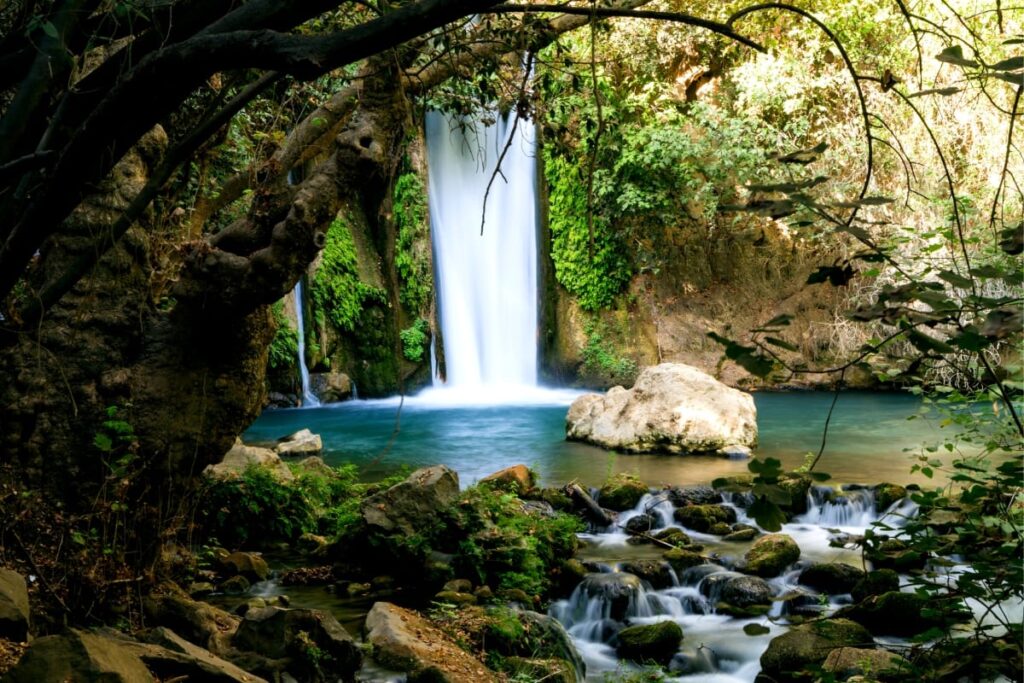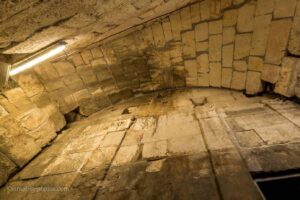Nestled in the northern part of Israel, the Banias Nature Reserve is a stunning natural gem located in the Golan Heights. Known for its lush landscapes, rich history, and the famous Banias Waterfall, this reserve offers a perfect blend of nature and history. Whether you’re a nature enthusiast, a history buff, or simply looking for a peaceful escape, Banias has something to offer.
What to See
The highlight of the Banias Nature Reserve is undoubtedly the Banias Waterfall, the largest waterfall in Israel. The waterfall is a breathtaking sight, with water cascading down a 10-meter drop into a serene pool below. The sound of the rushing water and the cool mist in the air create a refreshing atmosphere, making it a perfect spot for relaxation and photography.
Apart from the waterfall, the reserve is home to a variety of hiking trails that cater to different levels of fitness. The trails wind through lush greenery, offering glimpses of the diverse flora and fauna of the region. Along the way, you’ll encounter ancient ruins, including the remains of a Roman bridge and a Crusader fortress, adding a historical dimension to your hike.
A Bit of History and Interesting Facts
The Banias Nature Reserve is steeped in history. The site was originally known as Paneas, named after the Greek god Pan, who was worshipped here in ancient times. The area was a significant cultural and religious center during the Hellenistic and Roman periods. The remains of a temple dedicated to Pan can still be seen near the entrance of the reserve.
An interesting fact about Banias is that it is one of the main sources of the Jordan River. The spring at Banias gushes out from the base of Mount Hermon, providing a vital water source for the region. The reserve’s unique ecosystem supports a wide range of wildlife, including otters, wild boars, and various bird species.
How to Get There and Tips for First-Time Visitors
Getting to Banias Nature Reserve is relatively straightforward. If you’re driving, the reserve is about a two-hour drive from Haifa or a three-hour drive from Tel Aviv. There is ample parking available at the entrance. For those relying on public transport, buses run from major cities to nearby towns, and from there, you can take a taxi to the reserve.
For first-time visitors, it’s advisable to wear comfortable hiking shoes and bring plenty of water, especially during the warmer months. The trails are well-marked, but a map from the visitor center can be helpful. The reserve is open year-round, but the best time to visit is during spring or autumn when the weather is mild, and the landscape is lush and vibrant.
In conclusion, the Banias Nature Reserve offers a perfect blend of natural beauty and historical intrigue. Whether you’re hiking to the waterfall, exploring ancient ruins, or simply enjoying the tranquility of the surroundings, Banias is a destination that promises a memorable experience.








